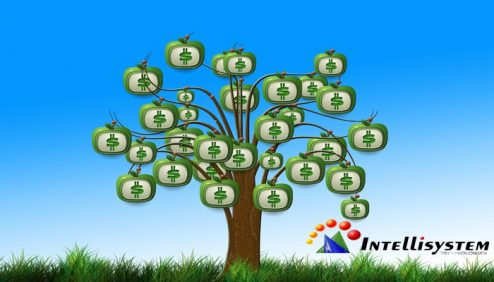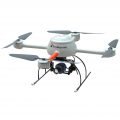
‘Green and profitable’: how to increase profits by reducing consumption
1) An investment in ‘green’ technology can give concrete economic returns or just image?
In general, the ‘green’ technology is a growing market a bit ‘everywhere: as reported by multiple sources, the sector “clean tech” continues to record new investments in the developed and developing, considering that between 2007 and 2010, growth was on average 11.8% per year. While globally the phenomenon is very significant, particularly in the developing countries this translates into new opportunities for export of hi-tech products made in Italy, an occasion not to be missed for Italian companies that invest in research and innovation. I think that the discussion concerning the image is secondary to the concrete to produce new technologies at low cost eco-friendly since a few decades, we should deal with the effects of various policies not environmentally sustainable implemented so far especially in emerging countries. Working from the front green technologies seem a reasonable bet for new companies that offer so-called “green jobs” that occupied that apply technological “green” skills.
2) As network technologies can help to combine sustainability and profitability of the industry?
Always the possession of technologies for telecom, and then networking technologies, have been successful, just think of the countless conflicts won by those who owned the most advanced technological solutions. Today the various technological challenges of the challenge adds “green-networking” that from the standpoint of industrial means to emphasize the concepts of: greater integration, reducing distances, more automation, consistent with the reduction in operating costs; which results in greater sustainability and profitability for its user. Waste in this area are endless just think of the title d ‘example:
For long periods of inactivity of the various networking devices during the hours in which the companies do not work;
The waste of energy inherent in the cable lengths. For example, any ethernet switch is designed to support up to 100 m cable when on average in the companies segments are average of 5-10 meters. It would be desirable that the switch is capable of detecting the cable length, and then adjust accordingly the energy consumption.
3) There would be helpful or a standard or a reference brand for communication technologies in order to certify the energy efficiency and / or environmental sustainability? (Energy Star type in information or the energy label of household appliances)
Surely it would be very useful as well as already happens in other sectors, the consumer would have one more tool for better orientation in the choice of network equipment, perhaps placing the questions on issues concerning their consumption. It seems trivial, but the majority of SMEs in Italy has never raised the issue of adopting solutions to reduce the cost of energy consumption of its network equipment. The words will not be easy to get on with it because like any self-respecting standards will take years for the definition and implementation of assessment protocols.
4) What technological innovations can help the spread of communication networks in ‘green’ projects ?
Surely the technology of “smart sensing” or applications of sensors and sensor networks can significantly contribute to a more efficient use of resources, environmental challenges and reduce the effects of climate change. In “Smart Buildings” the pair of minimum standards of energy efficiency with the use of sensor technology can be an important factor in reducing the use of electricity and the emission of greenhouse gases. However, effects of type “rebound” must be taken into account, in particular in transport. Greater efficiency due to the use of sensor technology must be accompanied by a demand management to internalize environmental costs, for example by encouraging the systemic change in consumer behavior and educating users to a conscious energy saving. Policies and initiatives of the government, in my opinion, is crucial to sustaining the positive environmental effects resulting use of sensors and sensor networks. One solution would be intense programmatic activity that has as its objective to demonstrate and promote the use of sensor technology through pilot projects which aim to offer a valuable support to the development of open standards.
5) Do you have quantitative results obtained to share in some of your projects or your customer?
Our company has always been involved in these issues and was one of the first to design and manufacture of embedded systems for remote monitoring of remote devices with the dual goal of automating the latter consistent with energy conservation. We were among the first in Italy to bring to market a system capable of controlling loads of equipment allowing the activation and deactivation as a function of energy-saving policies. Today the greatest needs of our customers are focused on monitoring the consumption of production machines. We are developing a system based on smart sensing technologies that we expect will allow a reduction in consumption estimated at between 10 and 30% depending on the types of application.
This is my contribution on the Round Table of the Fieldbus & Networks n. 82 (February 2015) Italian Magazine
Per scaricare l’articolo pubblicato sulla rivista seguire il link riportato di seguito http://www.intellisystem.it/portfolio/fn-febbraio-2015/



 Italiano
Italiano



 RSS - Posts
RSS - Posts
You must belogged in to post a comment.